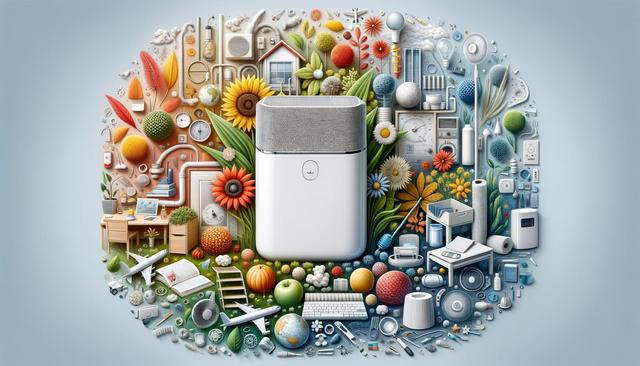
Affordable Machine Health Monitoring Solutions for U.S. Factories: Top Systems and Prices
Why Machine Health Monitoring Is Essential for U.S. Factories
Machine health monitoring has become a critical component of modern manufacturing operations. As U.S. factories strive for higher efficiency and reduced downtime, the need for real-time data on equipment performance is more important than ever. These solutions help businesses detect early signs of wear and tear, enabling preventative maintenance before a costly failure occurs. In industries where even minor disruptions can lead to significant losses, machine health monitoring is a practical investment.
By integrating sensors and analytics platforms, factory managers gain valuable insights into vibration levels, temperature changes, and other key indicators. This approach not only boosts productivity but also extends the lifespan of machinery. For factories operating on tight budgets, affordable machine health monitoring solutions offer a compelling way to optimize operations without overextending financial resources.
Key Features of Cost-Effective Monitoring Systems
Affordable machine health monitoring systems typically emphasize essential features without unnecessary extras, making them ideal for small to mid-sized factories. These systems often include:
- Wireless sensors for easy installation
- Cloud-based dashboards for remote diagnostics
- Alerts and notifications for abnormal readings
- Data logging and trend analysis tools
While premium systems may offer more advanced AI-driven predictive analytics, many cost-effective options deliver the core capabilities needed for accurate condition monitoring. The key is to choose a solution that matches the specific operational needs of your equipment and factory environment.
Many U.S. factories find that integrating affordable machine health monitoring into existing maintenance routines helps reduce unplanned downtimes and lowers repair costs. It’s also worth noting that scalable systems allow facilities to start small and expand monitoring capabilities over time as budgets allow.
Top Machine Health Monitoring Systems in the U.S. Market
Several well-regarded systems are available in the U.S. market that balance quality and affordability. These solutions are designed to meet the needs of various industries, from automotive to food processing. Among the top-rated options are systems that provide modular components, enabling factories to monitor only the most critical equipment at first and scale up as needed.
Factory managers often look for platforms that offer:
- Easy integration with existing machinery
- Mobile app access for on-the-go monitoring
- Technical support and training resources
These systems not only help detect early signs of mechanical issues but also offer insights that can improve energy efficiency and reduce long-term operational costs. Choosing a system with a strong track record of reliability and user support can make a significant difference in implementation success.
Pricing Overview of Leading Monitoring Solutions
Pricing for machine health monitoring systems can vary widely based on features, scale, and service agreements. However, several affordable options cater specifically to small and mid-sized U.S. factories. Many entry-level systems start around $500 to $1,000 per machine, which typically includes sensors, basic software, and limited cloud storage. Monthly service fees for data analytics and dashboard access can range from $20 to $100, depending on the level of functionality required.
More comprehensive packages, which may include predictive maintenance capabilities and multi-sensor integration, can cost between $2,000 and $5,000 per deployment. Some vendors also offer subscription models, which reduce upfront costs and include updates, maintenance, and customer support.
To maximize value, factories should compare pricing models and choose solutions that align with their maintenance goals and budget. It’s also advisable to consider total cost of ownership, which includes hardware durability, software upgrades, and potential training needs.
Factors to Consider When Choosing a Monitoring System
Before selecting a machine health monitoring solution, U.S. factories should evaluate several important factors to ensure a successful implementation. These include:
- Compatibility with existing machinery and control systems
- Scalability to accommodate future growth
- Data security and compliance with industry standards
- User interface and ease of use for maintenance teams
Additionally, consider whether the provider offers strong customer support, including setup assistance and training. Some systems may also integrate with other smart factory tools, enabling more comprehensive operational visibility.
By taking a strategic approach to system selection, factories can avoid over-investment in features they don’t need while ensuring the solution can grow alongside their operations. This balanced approach helps maintain affordability without compromising on essential performance.
Conclusion: Smart Investments for Long-Term Efficiency
Affordable machine health monitoring solutions offer a practical way for U.S. factories to enhance productivity, reduce downtime, and extend equipment life—without the financial burden of high-end systems. By carefully evaluating features, compatibility, and pricing, businesses can identify systems that deliver strong value and meet their specific needs. As technology continues to evolve, these accessible solutions are becoming an increasingly important part of modern factory maintenance strategies.


